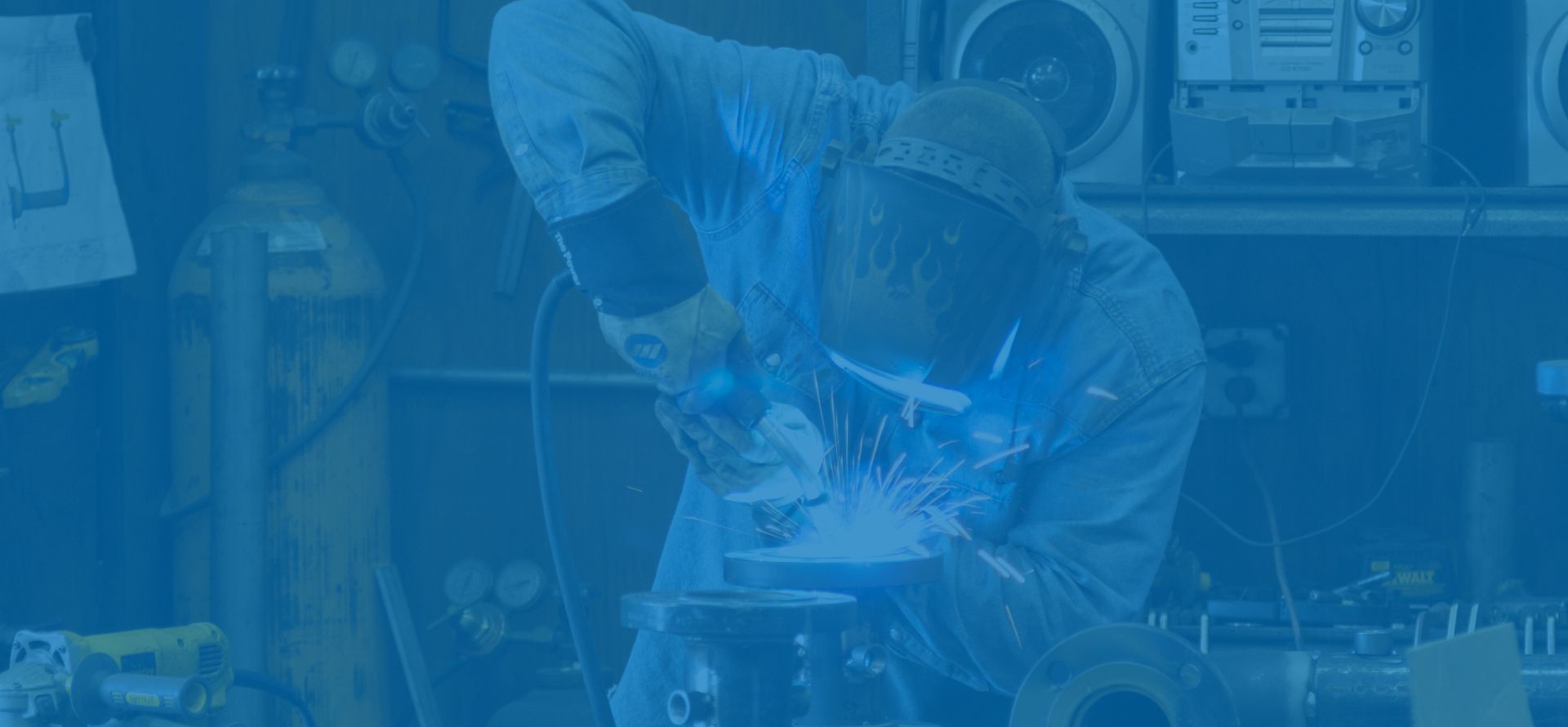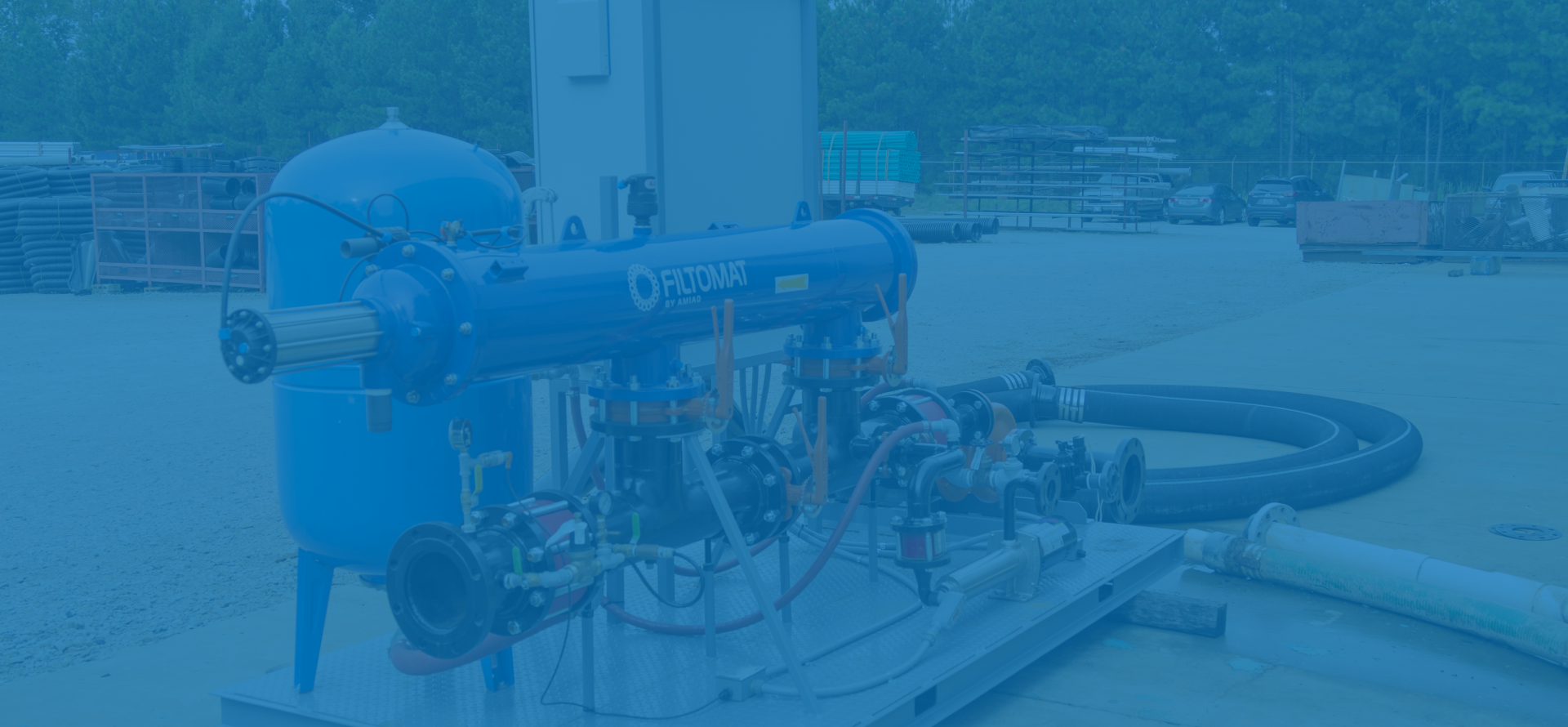Maintenance is the Key

Commercial fountains are often “destination sites” within a city or municipality because they excite the senses, whether it is the visual display or the sound of rushing water, fountains are almost always a focal point. The difference between a fountain being a focal point or an eyesore is maintenance. A well-constructed fountain will have maintenance in mind. By installing screens to protect pumping equipment and filtration to ensure good water quality, monthly maintenance can usually be kept to cleaning and inspection. Here are four maintenance tips to keep your commercial fountain running smoothly.
1. Proper water level: Maintaining proper depth in a fountain is an often overlooked item. Most fountains use an automatic fill valve to maintain the proper water level. A good maintenance program will include a monthly inspection of this device. If the automatic fill valve is not operating properly it should be replaced. Trying to manually maintain the proper water level is almost impossible. Some of the problems associated with improper water level include:
• Lights overheating – Most underwater lights must remain submerged or they will overheat.
• Nozzles not performing properly – Some fountain nozzles are designed to operate with water covering them. If the water level becomes too shallow this can affect their performance and the visual “show”.
• Pump problems – If the pump is located in the fountain pool itself, the pump can overheat if the water level becomes too shallow. Like underwater lights, submersible pumps depend on the surrounding water to keep them cool.
2. Proper filtration: Maintaining good water quality is the most important factor in keeping fountain maintenance to a minimum. The best way to ensure good water quality is to have a high quality, dependable filtration system. Filtration systems remove many of the contaminates that cause algae growth.
3. Intake Screens and Skimmers: intake screens and skimmers are found in the fountain pool itself and are used to trap large debris that finds its way into the fountain. These screens need to be cleaned regularly. Debris such as leaves, paper, and plastic bags can clog these intake screens and restrict water flow to the pump. If this blockage goes uncorrected damage to the pump can occur.
4. Pump: The fountain pump is what makes everything go. Most pumps require very little maintenance as long as intake screens and skimmers are kept clean. Some fountain pumps use a basket strainer right at the pump suction inlet. This basket strainer should be cleaned and inspected monthly.
Look to WP Law when buying or building a commercial fountain. We have extensive experience that will be invaluable to your fountain project.








